𝐏𝐫𝐨𝐣𝐞𝐜𝐭 𝟒 - 𝐀𝐫𝐠𝐮𝐦𝐞𝐧𝐭 𝐨𝐧 𝐚𝐧𝐢𝐦𝐚𝐥 𝐭𝐞𝐬𝐭𝐢𝐧𝐠
The term “animal testing”, or known as “animal experimentation”, is the scientific term for the procedures, with the use of various types of animal species, on medical research into basic biology and diseases. Furthermore, regarding the scientific field, it is to test the effectiveness of new medicinal products as well as human health. Whereas, in industrial terms, animal testing is utilized to ensure environmental safety of consumer and industry products. They can be widely used in cosmetics, household cleaners, food additives, pharmaceuticals and industrial/agro-chemicals.
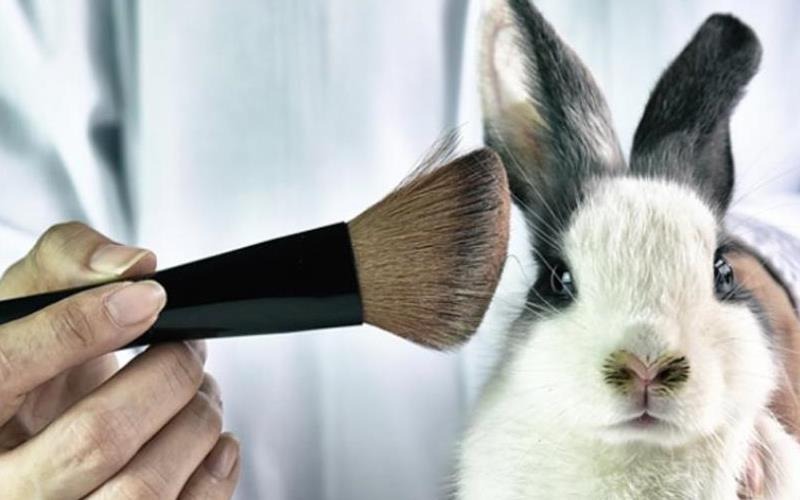
It has become very common these days to see universities’ laboratories, research centers, medical schools, pharmaceutical companies, defense establishments, and many other commercial facilities performing different types of animal testing to learn more about the use of chemicals, drugs, medicine and most importantly, prevent fatal viruses with effective vaccines. Therefore, the raising question is: “Should humans perform medical experiments on animals? Why or why not?” This has been a heated debate for centuries, as the population grows, different ideas, thoughts, opinions, points of view come into play, some agree that it should be made legal and society should normalize it. For others, they highly go against the procedures on animal testing and fight for the right of the innocent creatures.
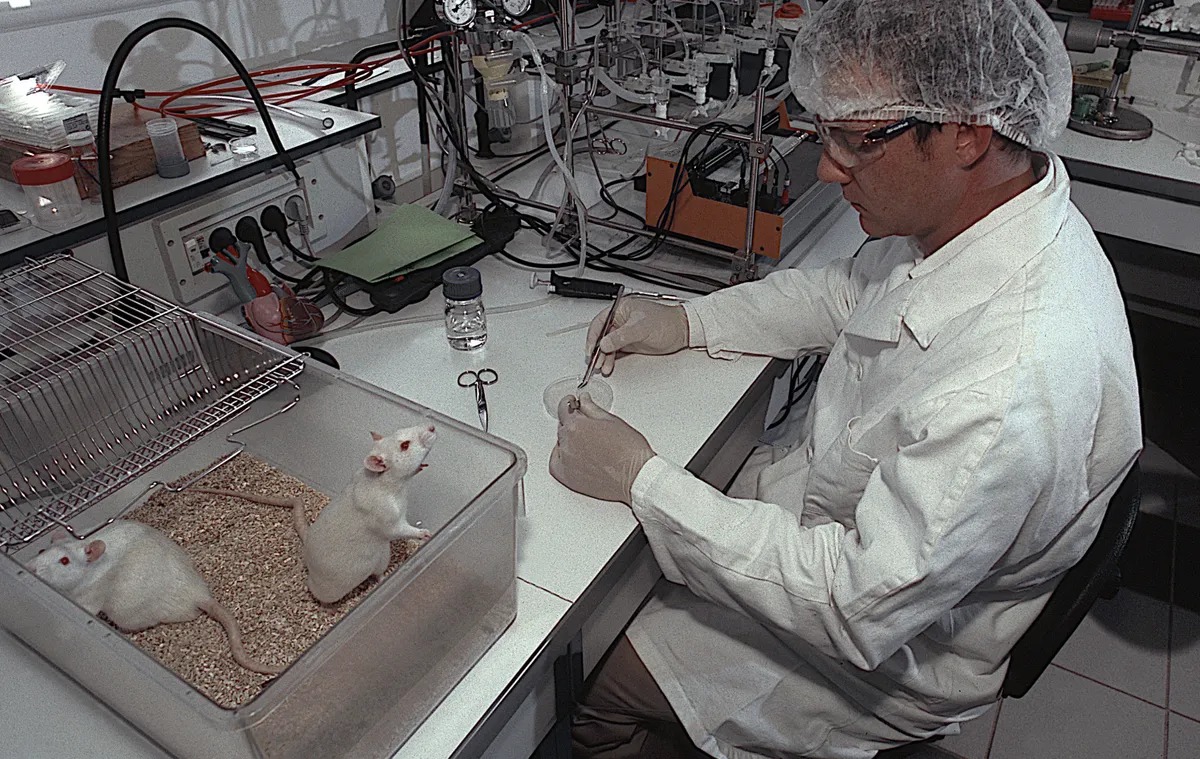
As for me, I highly disagree and think that humanities should no longer be legalizing this inhumane action. Ever since I was small, I had grown an unconditional love for animals. Although I am a dog lover, cats and other home animals still steal my heart. Every time I saw a dog while waking down the streets, their glowy eyes, waggy tails and tongue sticking out just make me want to hug them tight and show all the love I have. Not having a single pet at living in my house, yet I still proudly say this. To me, they deserve to be treated with infinite kindness and empathy by everyone. On the news, every day we see news of loyal pets ready to sacrifice themselves for the safety of their owners when being caught up in accidents. Not just those living with us, even with dangerous animals which raises high-danger alert if came into contact, they should be living their life in natural habitats, left untouched. Overall, I will go against the action of performing medical tests on poor animals and will fight, propagandize for their right to live.

Yet, this world is not just me living in, there are many other going against me on the right of living creatures. Here are the four pros and cons to anmal testing, and I am certainly standing on the cons side.
To begin with, the medical experiments performed on animals are too cruel and inhumane. Several examples can be mentioned in the following. (Harry Brent 2019). Mostly, animals are being forced to be in a state of toxic chemical exposure in testing, which can include oral force-feeding, forced inhalation, skin or injection into the abdomen, muscle, etc. Not stopping at that point, innocent ones are also made to expose to drugs, chemicals or infectious disease at levels that cause illness, pain and distress, or death. In some laboratories, there are even genetic manipulation, namely addition or “knocking out” of one or more genes, ear-notching and tail-clipping for identification. Through the internet, there are claims that multiple research facilities perform short periods of physical restraint for observation or examination. It is scary to think of prolonged periods of physical restraint, food and water deprivation. infliction of wounds, burns and other injuries to study healing. Something relating to Psychology in these inhumane experiments are the behavioural experiments designed to cause distress, e.g., electric shock or forced swimming. Other manipulations to create “animal models” of human diseases ranging from cancer to stroke to depression, killing by carbon dioxide asphyxiation, neck-breaking, decapitation, or other means. According to Humane Society International, animals which are used in these experiments are commonly subjected to force feeding, food and water deprivation, the infliction of burns and other wounds to study the healing process as well as the infliction of pain to study its effects and remedies, and “killing by carbon dioxide asphyxiation, neck-breaking, decapitation, or other means.”. The US Department of Agriculture reported in Jan. 2020 that research facilities used over 300,000 animals in activities involving pain in just one year. (Humane Society International).
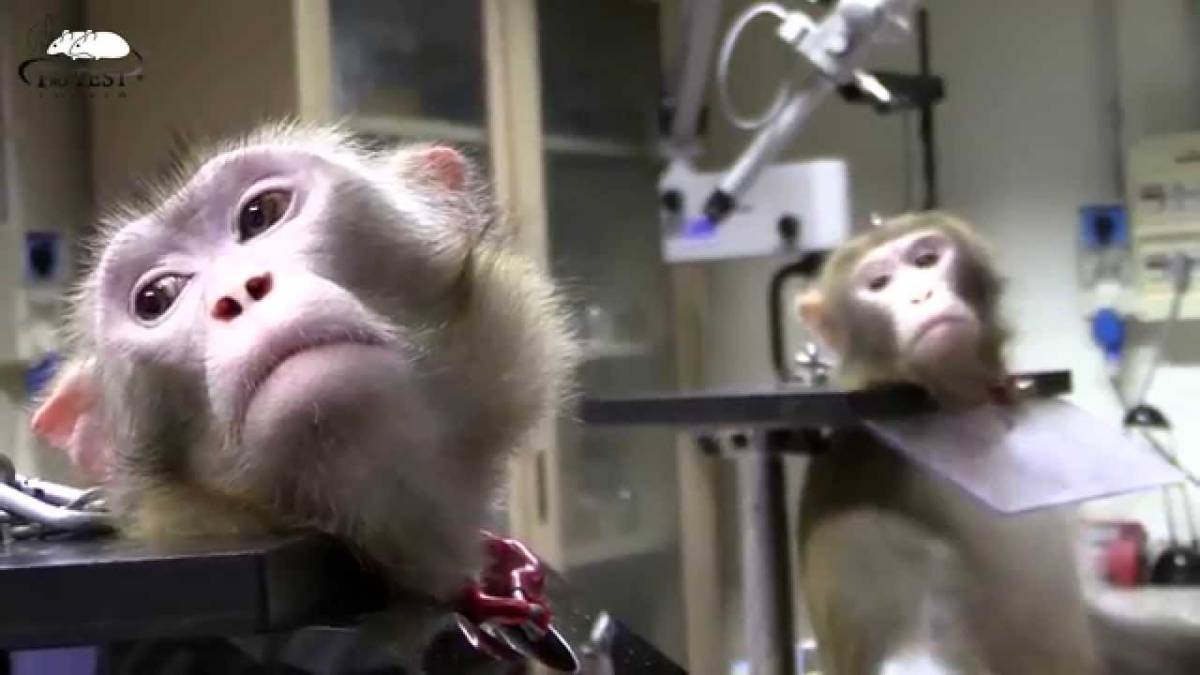
Despite those violent, inhumane and cruel procedures mentioned above, some still argues that animals has to make sacrifices in order for life-saving cures and treatments to be produced. And this can only be done from medical experiments being carried out on them. Throughout the long history of medicine, scientists have made medical breakthroughs in extracting antibiotics and finding out beneficial chemicals through animal research. The California Biomedical Research Association states that nearly every medical breakthrough in the last 100 years has resulted directly from research using animals. (Understanding Animal Research 2022). Animal research has contributed to major advances in treating conditions such as breast cancer, brain injury, childhood leukemia, cystic fibrosis, multiple sclerosis, tuberculosis, and more, and was instrumental in the development of pacemakers, cardiac valve substitutes, and anesthetics. (Stanford Medicine – Animal Research at Stanford). They made their point by arguing that if it had not been for animal testing and lack of proper medicine or cure, many individuals would get sick and their chances of survival would have been slim. Scientists have began research with the aid of animals. And with that, these measures would lead to several different tyoes vaccines that would save millions of lives. For their argument, they made their point strong by stating that life expectancy rose as the number of vaccines rose. Throughout the history of humanities, millions of people were immunized against ratal diseases, such as smallpox, polio, and major childhood killers such as measles, which in turn, led to a sixty percent increase in children reaching adulthood between 1850-1900. For that, the people agreeing that medical experiments should be made legal led to their final conclusion: Animal testing throughout history has not only provided vaccines for millions of people but has also increased the longevity of human life. The argument was really strong and persuasive to me, however, I still stood strong on my point, believing that the prize that has to be paid in order for live-saving cures to be produced was far too high. Those poor animals deserve a life to live regardless of their rather short life cycle.
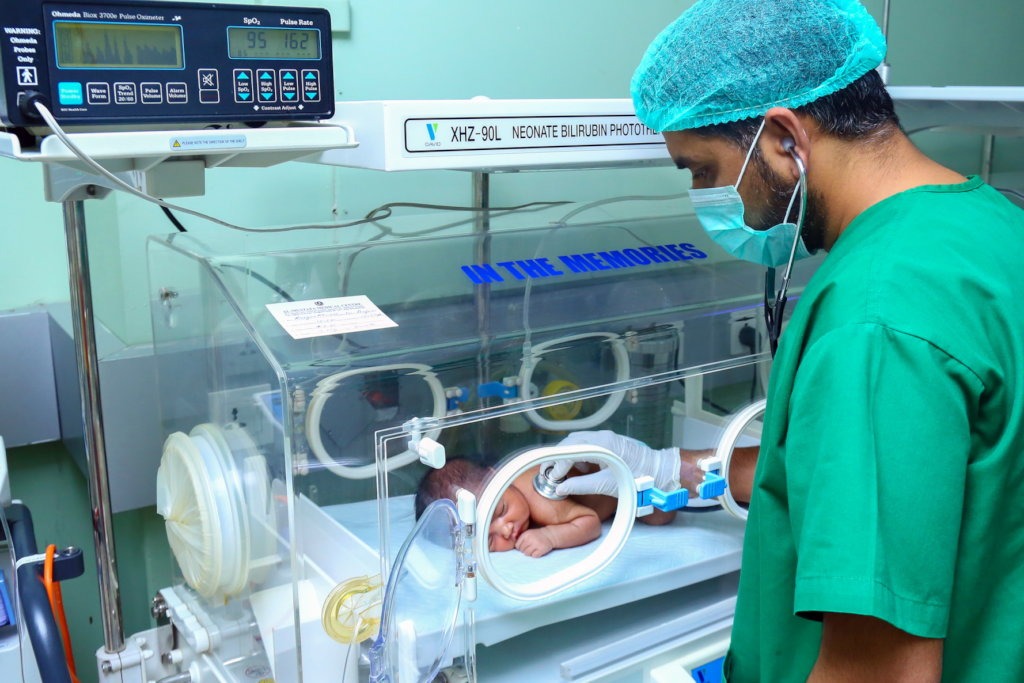
The second point which I want to make is that there are many people out there in our society that voluntarily sacrifices their own life, own body for the purpose of medical research. Many will think that these people are wasting their lives – they have a future ahead waiting for them, assumptions on their mental health being the reason making them give away their life. It is not true for me. My reasoning is that, these people must be fully aware of their actions, their purposes and what they really want, they must think twice before contributing themselves to the scientific field. I strongly think that they do not just give their life away that easily, they must have talked to others, their parents, friends, relatives, etc before making their final decisions. And on top of all, the number one factor is that these volunteers should know very well that they are making a very big contribution. Volunteers which I am saying here are humans, and with the same purpose as animal testing, scientists in laboratories will use human bodies to extract liquid, chemicals as they do to animals and study about it, gaining multiple steps closer to finding cures for fatal diseases.

For 2019, there were 10,7% increase in the number of deceased donors. This broke the previous record. There were almost 40.000 transplants in total whereas, almost 7400 living donor transplants. It was a fast increase comparing to 2018 because during 2018, there was only 8,7% in transplants. (Weiss Ratings)
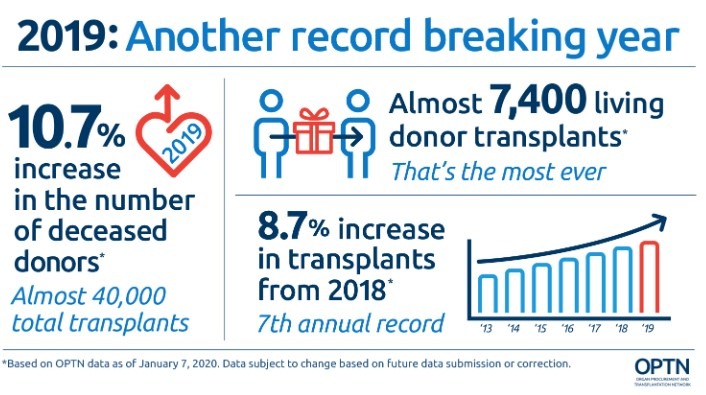
It will be undoubtedly much easier to study about viruses using human bodies because we are finding cures for human diseases. Therefore, this will be a very useful and realistic sample to understand more. (MEDCURE). Donating a body to science can really save millions of lives in ways that we can not expect. By donating to a medical program helps medical students gain invaluable information on the human body, anatomy, and physiology, we can also replace animals so that they will not feel pain as well as never have to endure miserable days in the cages. Without donated bodies, we will put the animals at ask. Furthermore, whole-body donations help students practice surgical training, implantation, study diseases and their impact on the body, and help physicians and researchers understand conditions we don't fully know the answer to yet. Whole-body donation programs help donors pay it forward to their community. If the decedent is someone who has an interest in giving back to their community, donating a body to science is one of the greatest gifts they can give. Another reason why you should donate your body to science is the impact it has on not only humans, but animals. Donating a body to science prevents animals from being practiced on or harmed in place of surgeons and medical practitioners being able to practice on human body donations. (Ever Loved 2022).
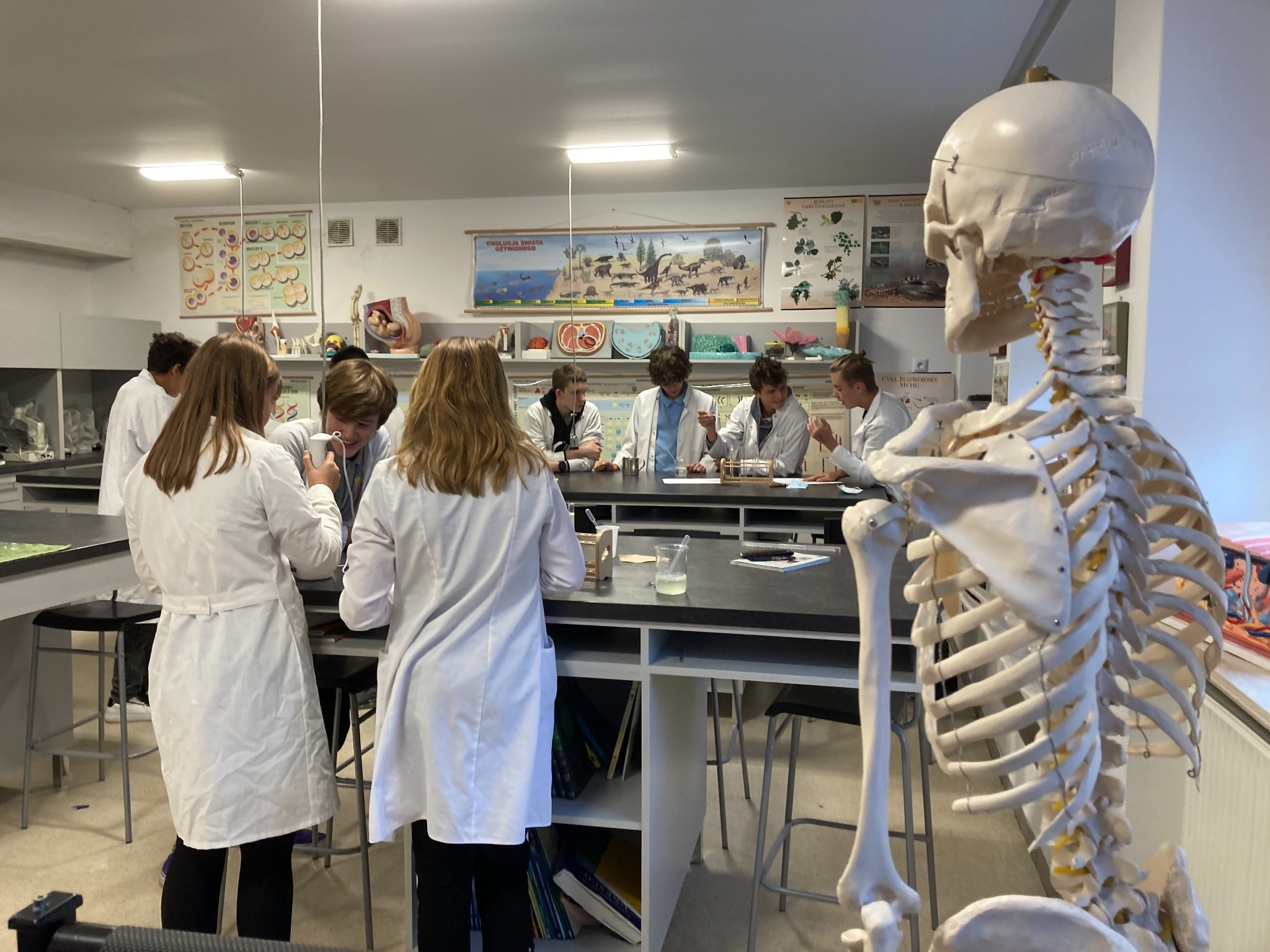
There are numerous examples of people being honored for donating their body for medical field with a hope to bring a more beautiful world. There speeches, sayings have been brought up on the news that moved millions of readers. Three of those honorable mentions are worth mentioning to strengthen my arguement against animal testing


And the last story is about the first person to donate his body to the medical field, his name was Minh Duc Nguyen. Duc was born in 1972 with Marfan syndrome, as a result, he was very skinny, the length of the hands do not match with the body. The syndrome interrupted his body’s development. Among that, his heart and eyesight is heavily affected. His heart attacks keep coming daily, making his youth unwantedly attached to the Multidisplinary Clinic in Ho Chi Minh City. He was very moved when having the chance to touch the dead bodies of animals with his own hands; therefore, he wanted to do something in his own effort to help contribute in order to prevent animal testing. Also, his passion and curiosity just kept going stronger and stronger when doctors told him about the amazing things that corpses can do to the medical field. To everyone’s surpise, in March 1996, he successfully persuaded his parents to let him donate his body with his saying: “even in death can people do great things to life, from my birth until now I have never done anything to my society so before I pass away, if I have the chance, I have to do something useful.” 4 months later, unfortunately, his heart surgery did not succeed, he passed away on the 31st of July in 1996, his corpse was transferred back to Ho Chi Minh City Medicine and Pharmacy University. This made Minh Duc Nguyen become the first person to donate his body in Viet Nam. (Lê Phương 2016) What lessons did these three stories teach us about? Clearly, there are a lot of people like these noble individuals ready to sacrifice their own lives, though lies beneath them a chance to live, a future yet to be discovered, but they are ready to be tested on and save the lives of the innocent animals from violent medical experiments.

There are some that argue the safety of the vaccines. The point they make is that dead bodies may malfucntion and the chemicals extract from the bodies are not as effective as compared to when they are still alive. Those going against body donation state that vaccines originated from corpses are not effective, safe and can put many patients in need of the vaccines at risk. Whereas, animal testing will not put any human bodies at risk of shock because of drugs, toxins or any sudden chemical reactions happening inside the body without further notice. Mice are frequently used as they rapidly reproduce, possesing a well-characterized immune system and a defined genome. There are already millions of labs worldwide turning to mouse models of infection early in the COVID-19 pandemic only to find that mice don’t get infected with SARS-CoV-2. In order to infect cells, SARS-CoV-2 must bind to a human protein called ACE2. The human and mouse ACE2 proteins are very different from each othe and SARS-CoV-2 does not bind to mouse cells. Scientists successfully overcame this problem by generating mice that can express the human version of ACE2 and can therefore be infected with SARS-CoV-2. When these genetically modified mice are infected by the virus, they lose weight and become sick in ways that are similar to what happens when people are infected with the virus.
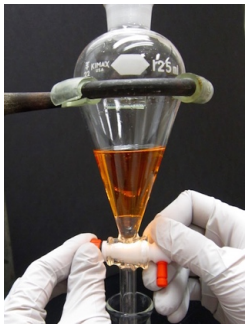
Mouse models provided vital information about COVID-19 symptoms and its disease course and continues to be used by researchers to understand COVID-19 disease. Another example is the Syrian hamsters. They are considered a very vital animal model for the fight against COVID-19 as disease in these animals resembles very closely to those of humans. Additionally, older male hamsters develop more severe disease than young female hamsters, which reflects some of the differences seen in humans infected by SARS-CoV-2. Hamster models have contributed to the evaluation of investigational COVID-19 vaccine candidates, immunotherapies, and antiviral drugs. (NIAID 2021)
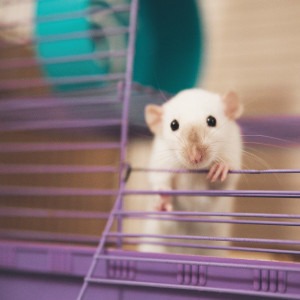
Moving on, I want to point out that most of the experiments that involve animals, regardless of their age, gender, types of species are considered to be full of flaws, serious mistakes are usually being made and ultimately lead to the lives of poor animal subjects wasted for nothing. First is a peer-reviewed study carried out by Carol Kilkenny in 2019. She reported about the findings of a systematic survey of reporting, experimental design and statistical analysis in published biomedical research using laboratory animals. Medline and EMBASE also searched for studies reporting research on live rats, mice and non-human primates carried out in UK and US publicly funded research establishments. This study found many serious flaws in the majority of publicly funded US and UK animal studies using rodents and primates: “only 59% of the studies stated the hypothesis or objective of the study and the number and characteristics of the animals used.” Furthermore, pieces of detailed information was collected from 271 publications, about the objective or hypothesis of the study, the number, sex, age and/or weight of animals used, and experimental and statistical methods. Appropriate and efficient experimental design is a critical component of high-quality science. Most of the papers surveyed did not use randomisation (87%) or blinding (86%), to reduce bias in animal selection and outcome assessment. Only 70% of the publications that used statistical methods described their methods and presented the results with a measure of error or variability. This survey has identified a number of issues that need to be addressed in order to improve experimental design and reporting in publications describing research using animals. (Carol 2009). Another study was performed in 2017, it found even further flaws resulting in animal studies, including “incorrect data interpretation, unforeseen technical issues, incorrectly constituted (or absent) control groups, selective data reporting, inadequate or varying software systems, and blatant fraud.” Over the past few years, much has been written and said about the lack of reproducibility of animal studies. Reasons that are commonly cited for this lack of reproducibility include inappropriate study design, errors in conducting the research, and potential fraud. In the quest to understand the basis for this lack of reproducibility, scientists have not fully considered the potential ramifications on ethical constructs for animal research, animal welfare considerations in animal research programs, the regulatory environment, and oversight by IACUCs. (Stacy and Robert 2017). These two pieces of work being cited, with clear datas and further analyses, have shown how severe and lack in appropriate data that laboratories and research centers are nowadays. Under 50% of medical research centers state clearly their animals’ characteristics and the study’s objective, this means that either it is flawed and scientists want to hide it from the public’s eyes or they really do not fully understand their studies. Also, the animals may not feel very comfortable during the time the research is being carried out or those conducting the experiments ignore the conditions of the animals and keep on doing the studies anyways. Animal testing is very flawed because up to 87% of research centers do not make use of randomisation, they have allowed mistakes being made and serious failure to creep in, resulting in more bias when it comes to animal selection as well as outcome assessment. If there are any mistakes on the research, to me, scientist suffer merely 10%, but the innocent animals have to take up to 90% or even more when they are put at risk of losing their lives. My argument is made stronger thanks to Stacy and Robert’s study. Even top scientists, technicians, data analysts working together can not prevent problems arisen out of the ordinary. No one can ensure the safety of the animal in experiments are fully 100%, during the time when experiments are being made, unforseen technical issues can occur, machines may catch fire and kill the animals. Moreover, not just the lives of the animals are worth noticing here, if machines malfunction, data interpretation will be more difficult, selective data reporting process can come to a halt. What is more is that incorrectly constituted or even the absence of a certain type of species for the research make it almost impossible to guarantee the efficiency of the research.

Things being said, those agreeing on animal testing take “animals’ rights” to support for their claims. Animals do not have the cognitive ability or any form of moral judgment that humans do and because of this, they have been treated differently than humans by nearly every culture throughout humanity’s history. If we granted animals rights, all humans would have to become vegetarians, and hunting would need to be outlawed. Therefore, in a news article published by The New York Times in 2012, chair of business ethics at Chapman University said that: “Animals other than human beings do not have basic rights. It is a matter of ethics and not of the laws of human societies that animals ought to be treated compassionately and kindly by people -- because people can empathize with their pain but not because they have rights as human beings do. If they had such rights, they would, among other things, have to be held accountable for killing or maiming fellow animals in the wilds.” Also, he encouraged readers to bring philosophy into the habit of thinking: “That way of thinking of animals is misguided and commits what in philosophy is called a category mistake, confusing one kind of being with an entirely different kind. Eagerness to treat animals kindly does not justify imposing one's hopes and dreams for them on human beings. Using animals, including their fur or organs, to improve, even entertain, people is justified given the relatively greater importance of people versus other animals.” (Tibor 2012). If what I am standing up and fighting for is just laws and the morals of human societies, people standing on the opposite side, with Tibor being the representative in this scenario, suggests rather putting human ethics in. There is a rather very strong reason for their claim that rights are only considered to be applicable to human beings. Whereas, some of the fundamental rights are undoubtedly valuable in their nature, they would be rather worthless given that there is no mechanism to uphold them. That is why we expect other people to respect our rights. The mechanism that upholds our rights is the fact that other people are constrained by duties in their behavior towards us. In our daily life, we experience numerous different situations in which either fraudulent or violent persons could profit from violating our rights. Nonetheless, we see—of course, with some exceptions—that individuals cooperate and respect other people’s rights. Rights and duties are similar to the two sides of a coin, and one cannot actually claim to have certain rights without complying with corresponding duties. Rights would merely be well-intended declarations if it were not for our moral duties toward other people. Thus, rights would merely be well-intended declarations if it were not for our moral duties toward other people. If one's claim to live freely on their ow property without intrusion, their neighbor’s duty impedes him or her from violating their right to property and life. Suppose, however, that neighbor trespasses on the plot and engages in vandalism on property. He will then be held accountable through judicial reprisals, for he has violated the property rights and failed his duty to respect my rights. This is completely reasonable, but we will certainly face obstacles if the property was violated by, say, an elephant or a chimpanzee. If we assume that animals are granted the same legal status as human beings, justice requires that we now drag the culprit to court. Were any species of animals to have their own rights, it would logically also have duties. In other words, it is responsible for its own actions. Therefore, it is now subject to the same legal procedures as human beings. This raises embarrassing practical questions, for who will defend the animal in court? And will the animal be able to comprehend what is going on? History provides us with a great variety of absurd trials involving animals. In their defense, animals can not think and act, though some of us consider them having motherhood, loving and caring actions to their own family – children. But what if someone accidentally come to their territories, will they think of anything but hurt the person? Will they go away just by seeing the apologetic look in the person’s eyes? Will they feel pity? These people do not think so, as animals do not behave and think based on moral standards as humans do, they do not have rights. And therefore, they can be testing subjects in research facilities.
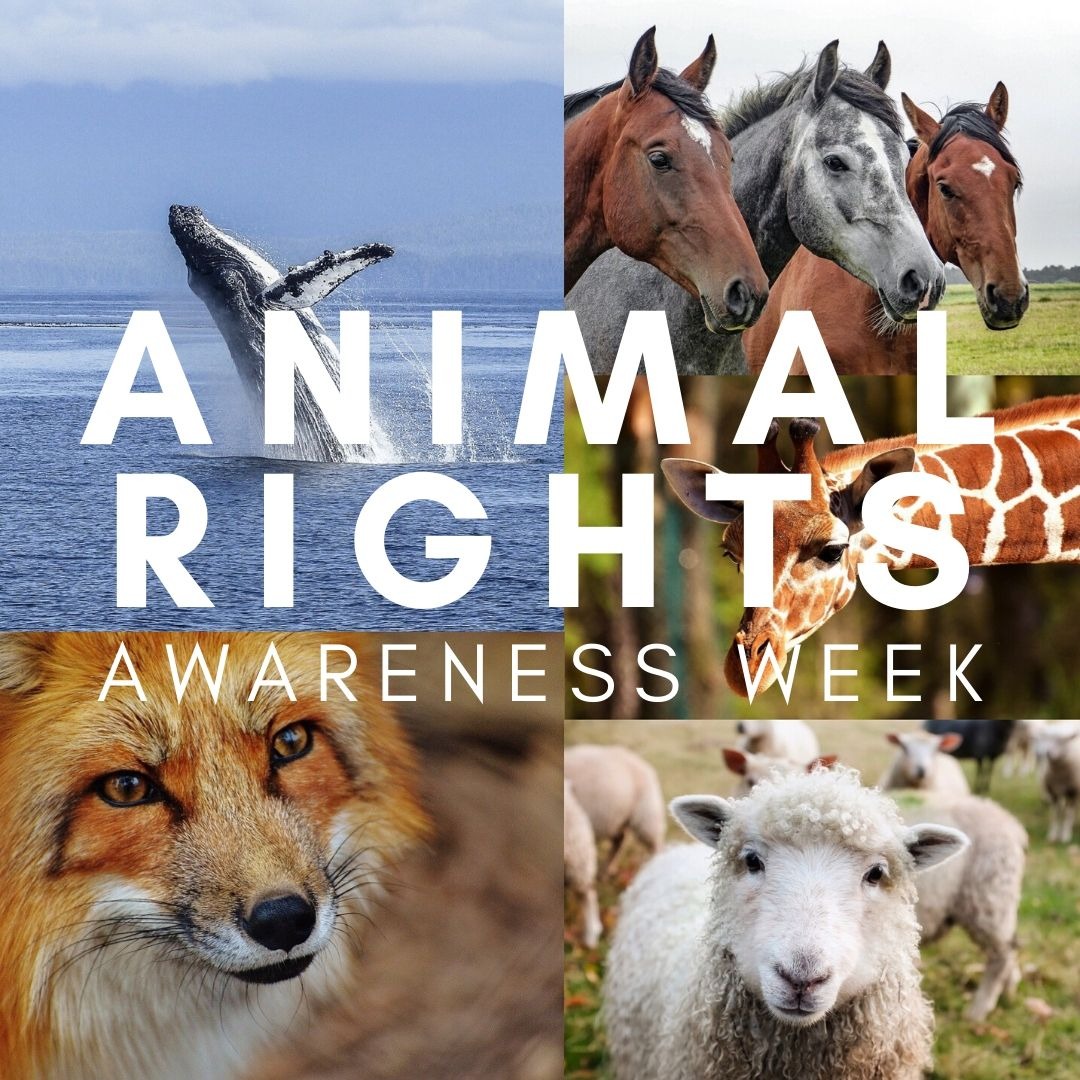
The last point for my defense in stopping animal testing is that there are only 5% of the US law which will guarantee the safety of the experiments being carried out. Mentioning “animal testing” means putting the lives of the animals at risk, both mental and physical. Laws in America are not strict, safe enough to protect the animals, which makes news filled with news on animals brutally tortured in research facilities. According to Cold Spring Harbor Laboratory, the Animal Welfare Act, or AWA, does not apply to rats, mice, fish, and birds, which account for 95% of the animals used in research. (Charlotte Hu 2019). These animals are all being put at risk since the act will not be there for them, acting as a shield from scientists willing to do tests on them regardless of their lives. The types of animals covered by the AWA account for fewer than one million animals used in research facilities each year, which leaves around 25 million other animals without protection from mistreatment. (Speaking of Research 2013) (American Association for Laboratory Animal Science 2013). The US Department of Agriculture, which inspects facilities for AWA compliance, compiles annual statistics on animal testing but they only include data on the small percentage of animals subject to the Act. (US Department of Agriculture 2020) The actions being made are not powerful enough to warn the research facilities, their voices are not loud enough to be considered an efficient prevention for the poor animals. As the data has shown, 95% is a really high percentage, leaving many people worried if there are any species of animals left. Many species have already disappeared or extinct because of humans. No research should be carried out any longer because safety is not ensured for the testing subjects, the law is too loose and pay no attention to the innocent animals.

In response to that, the opposite side claim that many experiments nowadays are highly supervised, with existing laws and procedures to ensure their safety. For example, according Bussiness.gov.nl, it has been stated that “you should replace animal testing as much as possible with tests that do not involve animals,” “reduction: use as few animals as possible in each trial”,“refinement: ensure maximum welfare conditions for the animals and prevent unnecessary distress”. (Bussines.gov.nl). Answering this defense of mine, they use the rules used in some of the laboratories to prove that there are laws and procedures currently protecting the animals before and after medical research are being performed. Moving to a larger perspective, local and state laws and guidelines, “animal research has been regulated by the federal Animal Welfare Act (AWA) since 1966. As well as stipulating minimum housing standards for research animals (enclosure size, temperature, access to clean food and water, and others), the AWA also requires regular inspections by veterinarians.” (Animal Welfare Act 2008). “All proposals to use animals for research must be strictly approved by an Institutional Animal Care and Use Committee (IACUC) set up by each research facility. Most major research institutions’ programs are voluntarily reviewed for humane practices by the Association for Assessment and Accreditation of Laboratory Animal Care International.” (Americans for Medical Progress 2013). The government is doing its best to help turn animal testing into a safe and efficient process under the cover of science. Laws and procedures will be guaranteed to be more strict, more educated and raise awareness of the scientists performing.
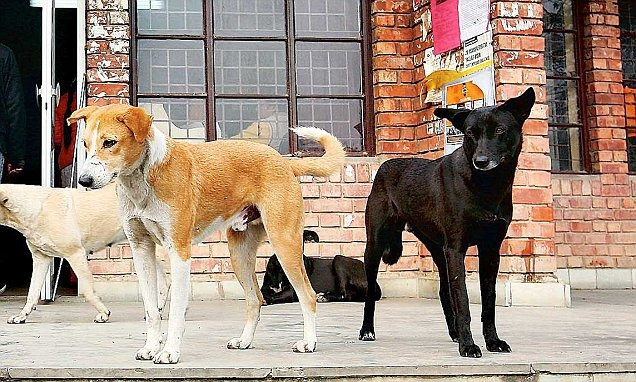

Post a comment